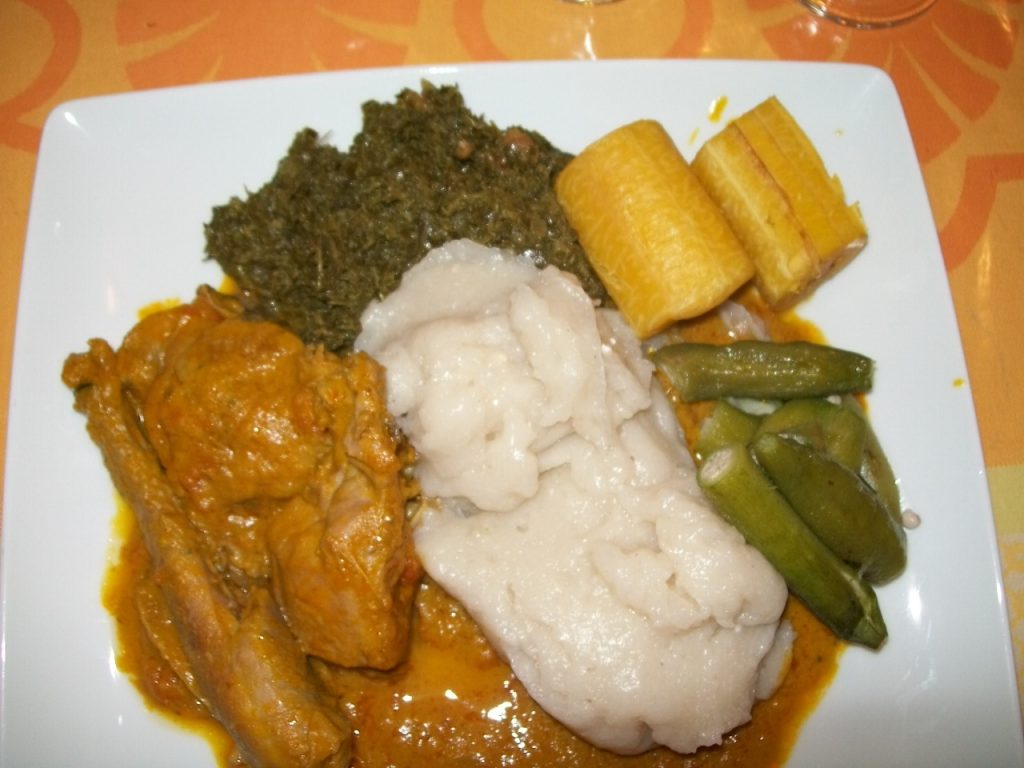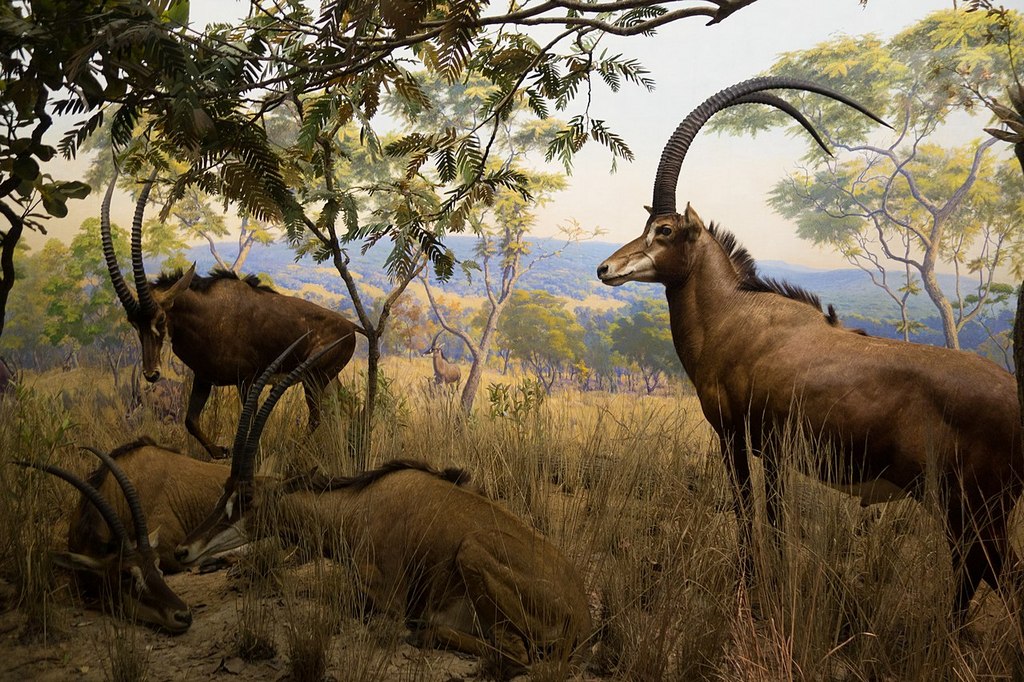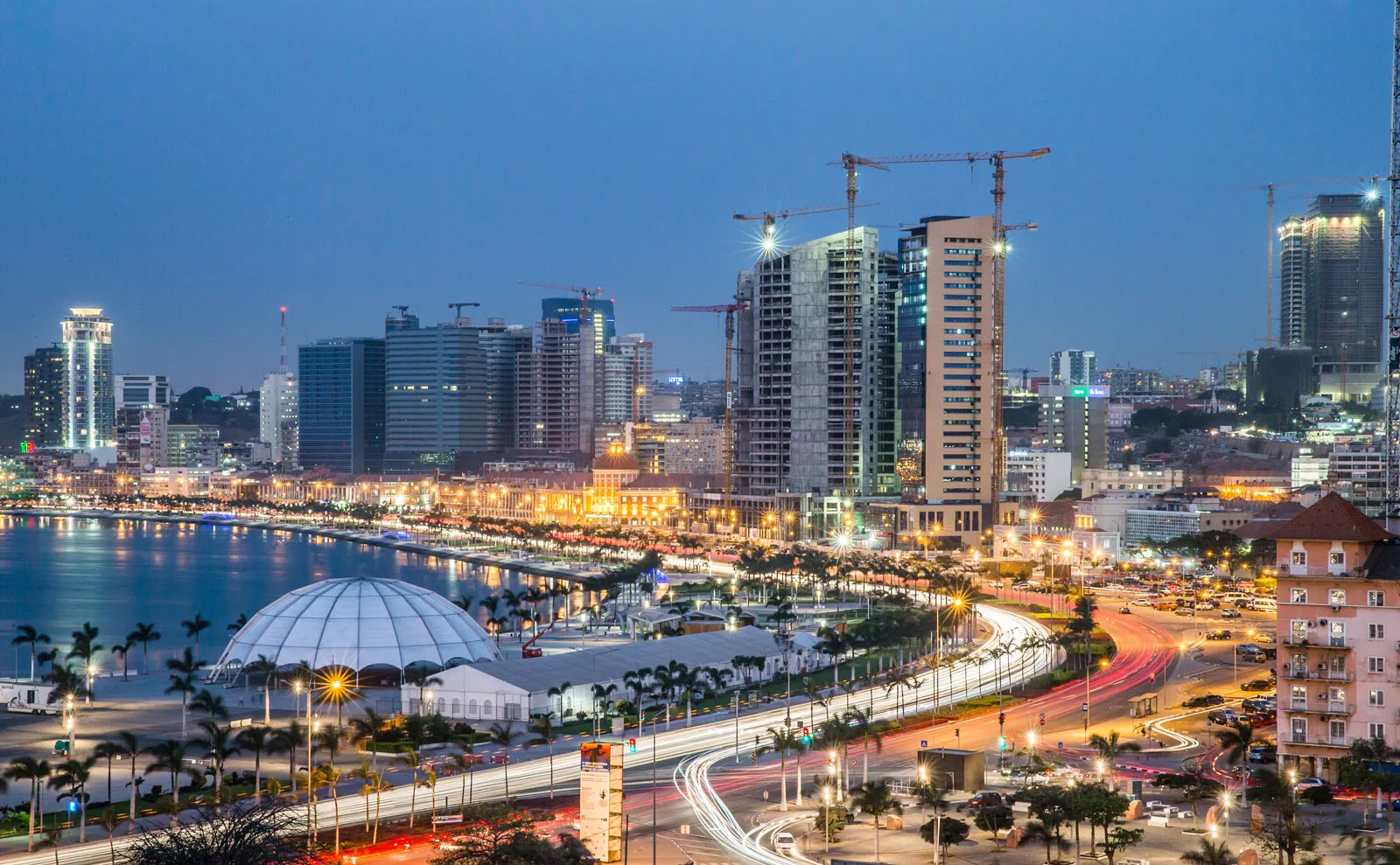Home to one of the most expensive cities for expatriates, Angola, South Africa, has beautiful waterfalls such as Calandula falls, Ruacana falls, etc.
While the country has had its share of wars, it is still one of the fastest-growing economies in the world.
Let’s check out some of the weird and fun facts about the country.
1. Angola Has The Youngest Population In The World
Angola is the seventh largest country in South Africa and is among the youngest inhabitants in Africa. It has over 70% of the total population is under 30yrs.
This is mainly because of the civil wars that took place between 1975 and 2002, which resulted in diseases and famines within the country, causing millions of deaths. However, Angola still has the highest birth rate in the world.
On the other hand, the young population has made Angola one of the fastest-growing economies in the world.
2. Basketball Is The Favorite Sport In Angola
Basketball is Angola’s choice of sport. The country has shown great success in African men’s Basketball games and won FIBA AfroBasket from 1999 to 2013 in the continental championship.
3. The First Europeans In Angola Were The Portuguese
Angola, named after the Kingdom of Ndongo rulers Ngola, has a rich history, and the largest Kingdom of Kongo ruled it from 1319 to 1914.
In 1484, Diogo Cao, a Portuguese explorer, was the first to explore Angola. in 1575, the Portuguese colony was founded with the entry of colonizer, Paulo Dias de Novais, with several colonist families and 400+ soldiers.
In the 1900s, the Kingdom of Congo (Portuguese translation of Kongo), was formally integrated as a Portugal colony in the Republic of Angola.
4. Semba Originated In Angola
Semba is originated in Angola. While many people confuse it with the popular “Samba” dance form of Brazil, semba originates from the term “massemba”, which means “touching of the bellies”. The dance form is commonly known as the “music of the sea”.

Semba might be a local dance form, but it gave rise to Kizomba, a popular dance form in the USA and Europe.
5. Angola Under Civil War For More Than 25 Years
After Angola received independence, a civil war began in 1975 and lasted till 2002.
The anti-communist National Union for Total Independence of Angola and the Communist movement for the liberation of Angola started the civil war.
This crippled the infrastructure and destroyed the economy along with the public administration.
6. There Are Only Two Seasons In Angola
Angola has only two seasons a year – summer and cacimbo.
Cacimbo is similar to winter and is grey and cold. If you are in the country during the season, you will not be able to see the sun. It does not see rain, and is a dry season. Cacimbo starts in May and lasts till August.
Summer, on the other hand, is humid and hot.
7. Angola’s Signature Dish Is Muamba De Galinha
If you are in Angola, Muamba De Galinha is a must-try signature recipe of the country. The appetizing dish is a stew prepared with red palm oil, okra, garlic, gindungo, and chicken.

8. Angola Has The World’s Second-Highest Fertility Rate
Angola holds the second position in the list of countries with the highest birth rate in the world. An average of 5.9 children are born to every woman in Sub-Saharan Africa.
9. Photography Is Prohibited In Specific Areas
Using binoculars or pictures near military structures or government buildings in the Republic of Angola is illegal.
If anyone fails to abide by the rules, fines are imposed in kwanza (Angolan currency), photographic gadgets and equipment are confiscated, and people might even be jailed.
10. The National Symbol Of Angola: Giant Sable Antelope
The majestic wildlife native to Angola, the Giant Black Sable Antelope, was discovered in 2004. After the civil war, the species was thought to be extinct.

The Sable Antelope has five-foot-long horns above its head and is the country’s national animal. It is found in most paraphernalia, such as postage stamps, brand logos, money, and passports.
11. Angola Originated The Dreadlocks Hair Style
Originating in Angola, dreadlocks have been existing for ages. Styled by the early tribes of the country, such as Mucubal and Mwila women, it is a widely popular hairstyle worldwide.
After braiding their hair, women applied dried cattle dung, ochre mud, herbs, oil, and butter to hold the patterns.
In case of any deaths in the family, the number of dreadlocks is decreased.
The Himba tribe resulting in the southern part of Angola, also wears dreadlocks. However, they use smaller locks and cover them in goat fur, ground red, clay, and butter.
12. Clocks Don’t Change In Luanda
Angola observes the West Africa Time all year long. Daylight Saving Time has never been used in the country. This is mainly because of the closeness of the equator.
The longest days occur in December, while in June, a night in the capital of Angola might last for thirteen hours.
13. Angola Shares A Land Border With 4 Countries
Angola is situated in Southern Africa, with Namibia to its south, Zambia to its east, and the Democratic Republic of the Congo to its north. The country in its exclave Cabinda Angola has a boundary with the Republic of Congo.
14. Luanda: The Capital Was Once The Most Expensive City For Expats
The capital city of Angola, Luanda, once received the top position as the most expensive city for ex-pats in the world.
Although Hong Kong tops the list in 2022, Luanda is one of the country’s most expensive cities, with the country’s largest chief exports.
It is also one of the ancient colonial largest cities founded in 1576 and is the country’s economic, cultural, and political center.

